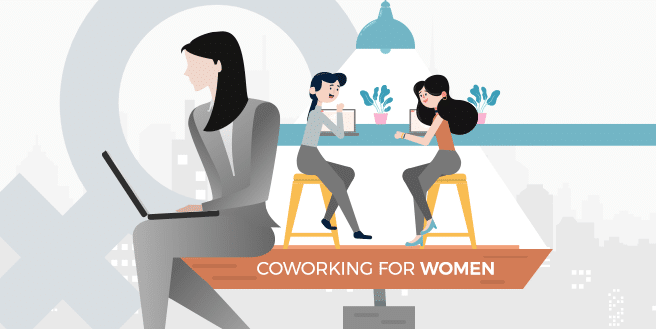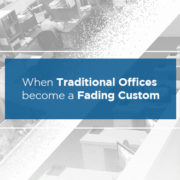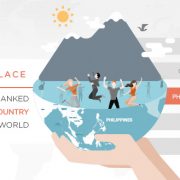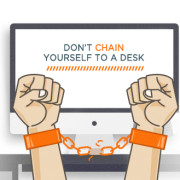The Shift Towards Ladylike Spaces and Coworking for Women
The rise of the gig economy resulted to a career shift for numerous members of today’s workforce. Day by day, more and more people are giving up their traditional jobs in exchange for remote working, solopreneurship and freelancing.
This sudden shift in jobs then resulted to a demand for workspaces that can cater to their specific needs and wants. Hence, it’s no surprise that the industry witnessed a fast paced growth among coworking spaces in the recent years. The Global Coworking Survey reported 11,300 spaces worldwide with over 835,000 members. Experts predict that by the year 2020, the numbers would increase by 26,000 and members will grow to 3.8 million.
And as founders found more creative ways to appeal to diverse niches, hybrids of shared spaces have emerged. From unorthodox offices that have in-house climbing walls and play grounds to women-friendly, ladylike spaces with millennial pink walls and feminine interior.
Female-Centric
According to a Bloomberg article released last January, these female focused workspaces is a response to the predominant “fratty [co-working] venues that advertise kegs and pingpongs”. Founder of all-female coworking space Rise Collaborative, Stacy Taubman, says that the women of today’s workforce are craving for community, connection and confidence – and that is what they are giving to them.
In hindsight, the concept isn’t relatively new. Over a century ago, thousands of “women’s clubs” surfaced to free its members of domestic drudgery by allowing them to form reading circles and study clubs. The trend of female-only workspaces have become the extension of this historical precedent.
In the US, more and more female-centric coworking spaces are rising such as The Wing, SheWorks Collective, Rise Collaborative, New Women Space, Paper Dolls, Hera Hub and Shecosystem.
By entering market with a fresh concept, issues are bound to rise. Critiques will comment on how exclusionary this may be in today’s age of neutrality and gender equality but founders have a rational explanation to this.
Finding A Place To Belong
There are several factors that contributed to the demand of female-only offices. For one, there is the obvious fact that the corporate world and even the startup ecosystems remain to be male dominated despite of the progress humankind has made in gender equality.
Women still experience discrimination in their workplace. In a survey conducted last March 2016, 8 in 10 fully employed women believe that gender discrimination remains to be present in the workplace. Almost half of the respondents have also reported that they have personally experienced discrimination because of their gender.
By designing ladylike spaces for themselves, women are addressing the challenges and difficulties they face in developing their respective profession. Paper dolls founder Jen Mojo said in a HuffingtonPost article that today’s women are building the structure of their career by collaborating in order for them to access the resources that they need.
Mojo further adds that another contributing factor to this emerging concept is stress hormones. In a recent study by researchers from the Indiana University reported unhealthy levels of cortisol – the stress hormone – amongst ‘token’ women working in male-dominated offices.
The gaps in the available resources that support the growth of women as entrepreneurs are being filled by these no-boys allowed coworking spaces.
Ladylike Spaces
Though there’s already a significant presence of all-female spaces in the US and other European countries, majority of the shared offices around the world are co-ed. And on the other side, male-only spaces have been established as well – one example is Australia’s first male only coworking space and gym, Nomadic Thinkers.
According to the Global Entrepreneurship Monitor 2012 Women’s Report, women are undeniably underutilized in the ecosystem of work. Job creation capacity of half of the world’s population is lost if they are not actively engaged as entrepreneurs.
Hence, more and more flexible workspace providers are coming up with ways to attract female entrepreneurs to join their spaces. Specific spaces in the US started offering child care services so that the ladies in their community can both be a mom and an entrepreneur.
Mojo says that all these structures boil down to changing the world of work and providing equal support as well as opportunity to all genders. As this shift towards ladylike spaces continues, we can expect more offices that are built around collaboration and community.













Leave a Reply
Want to join the discussion?Feel free to contribute!